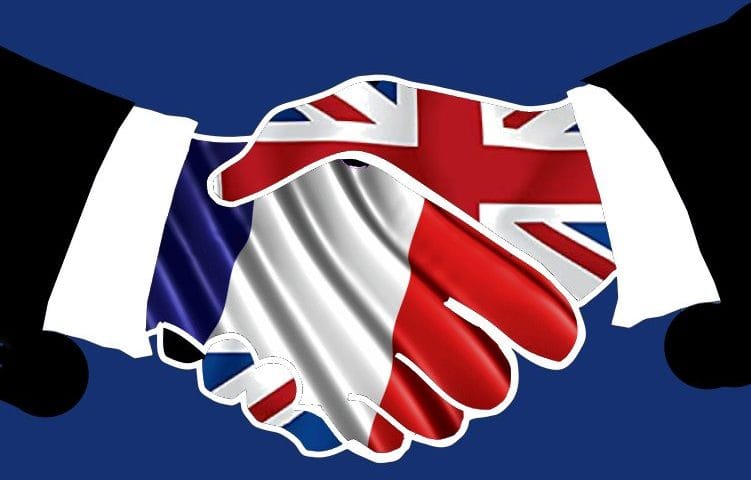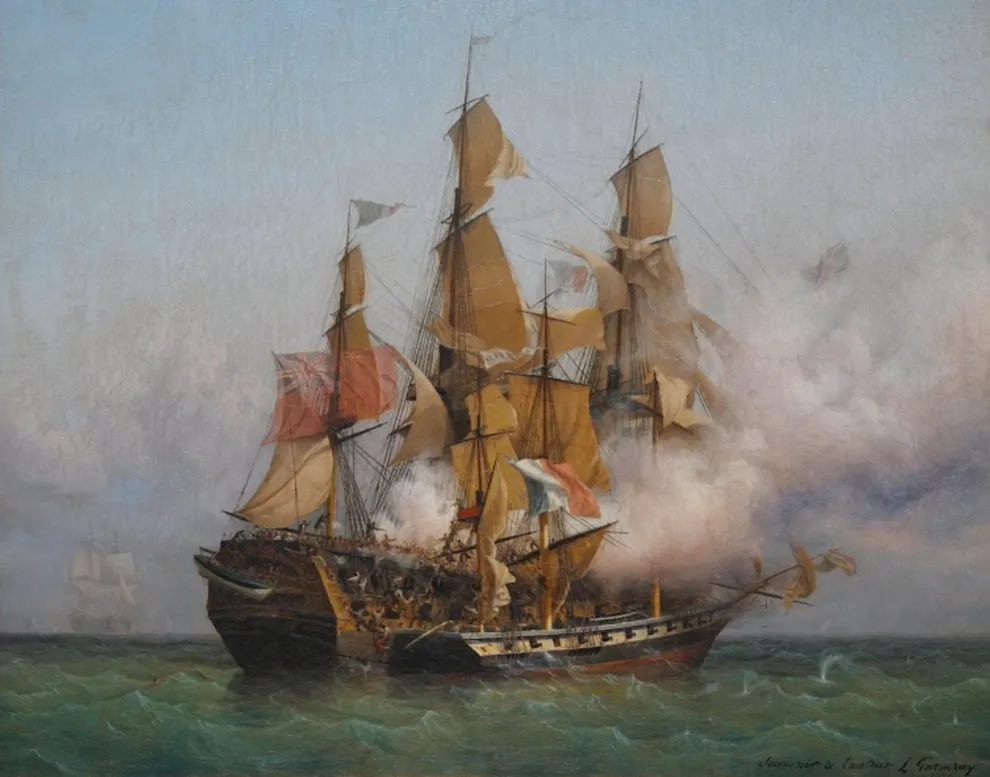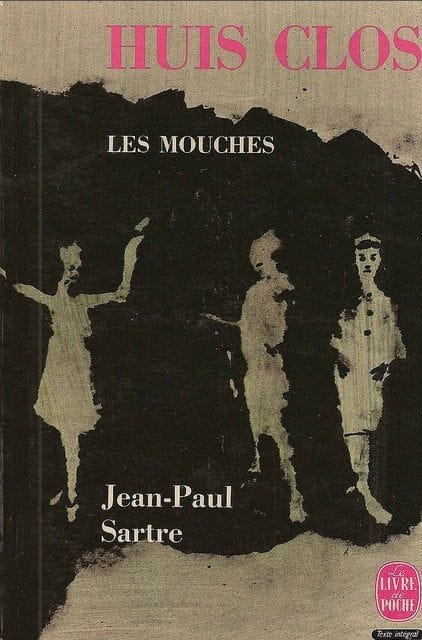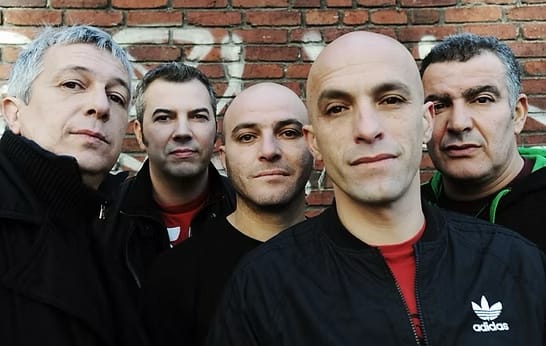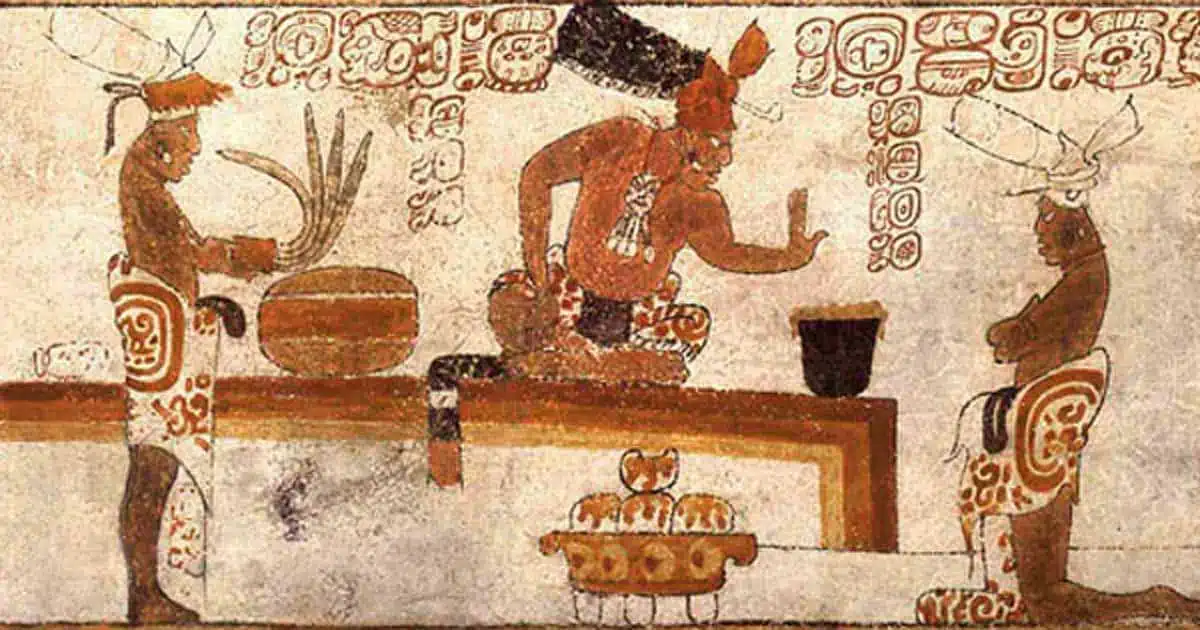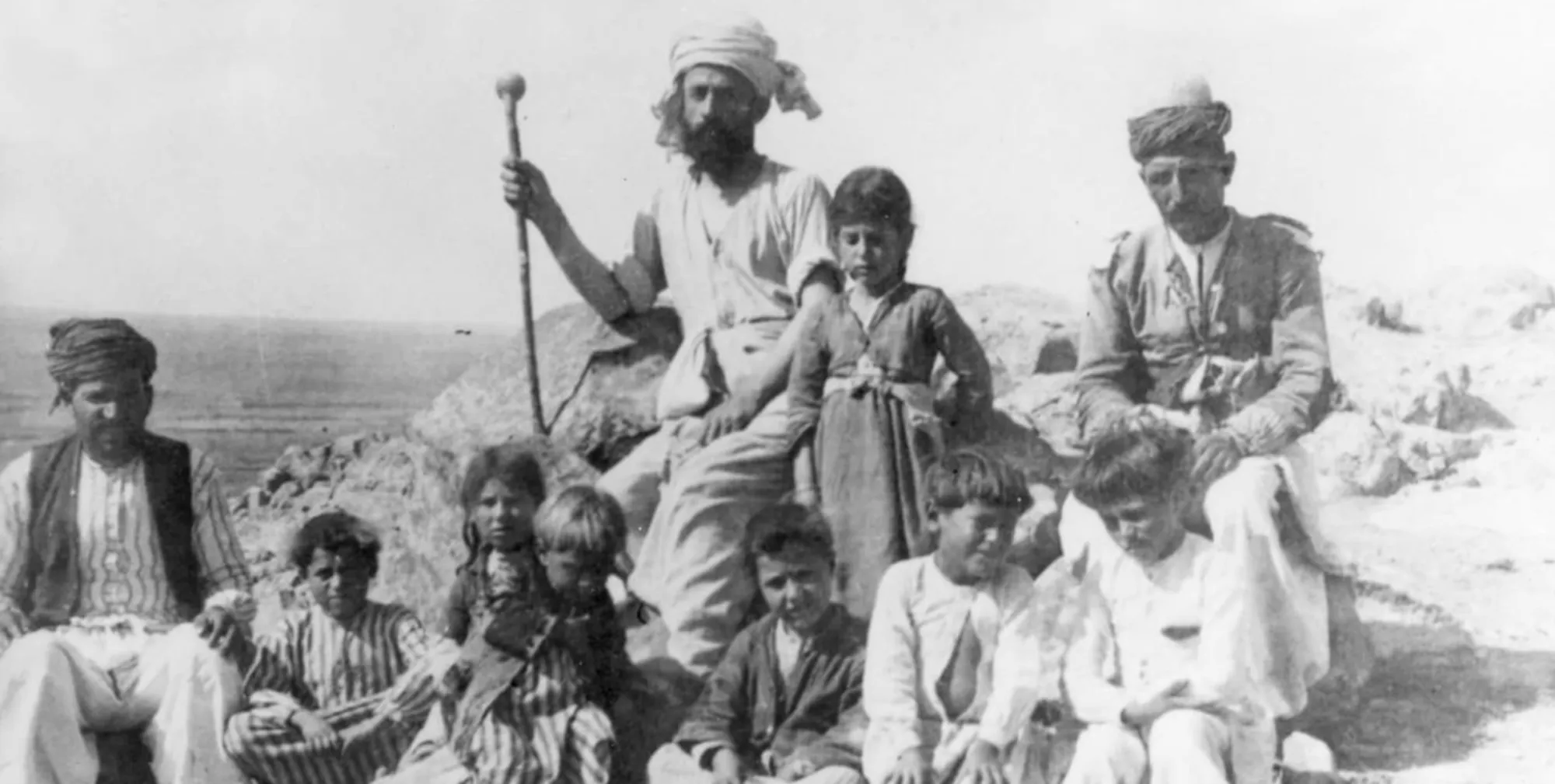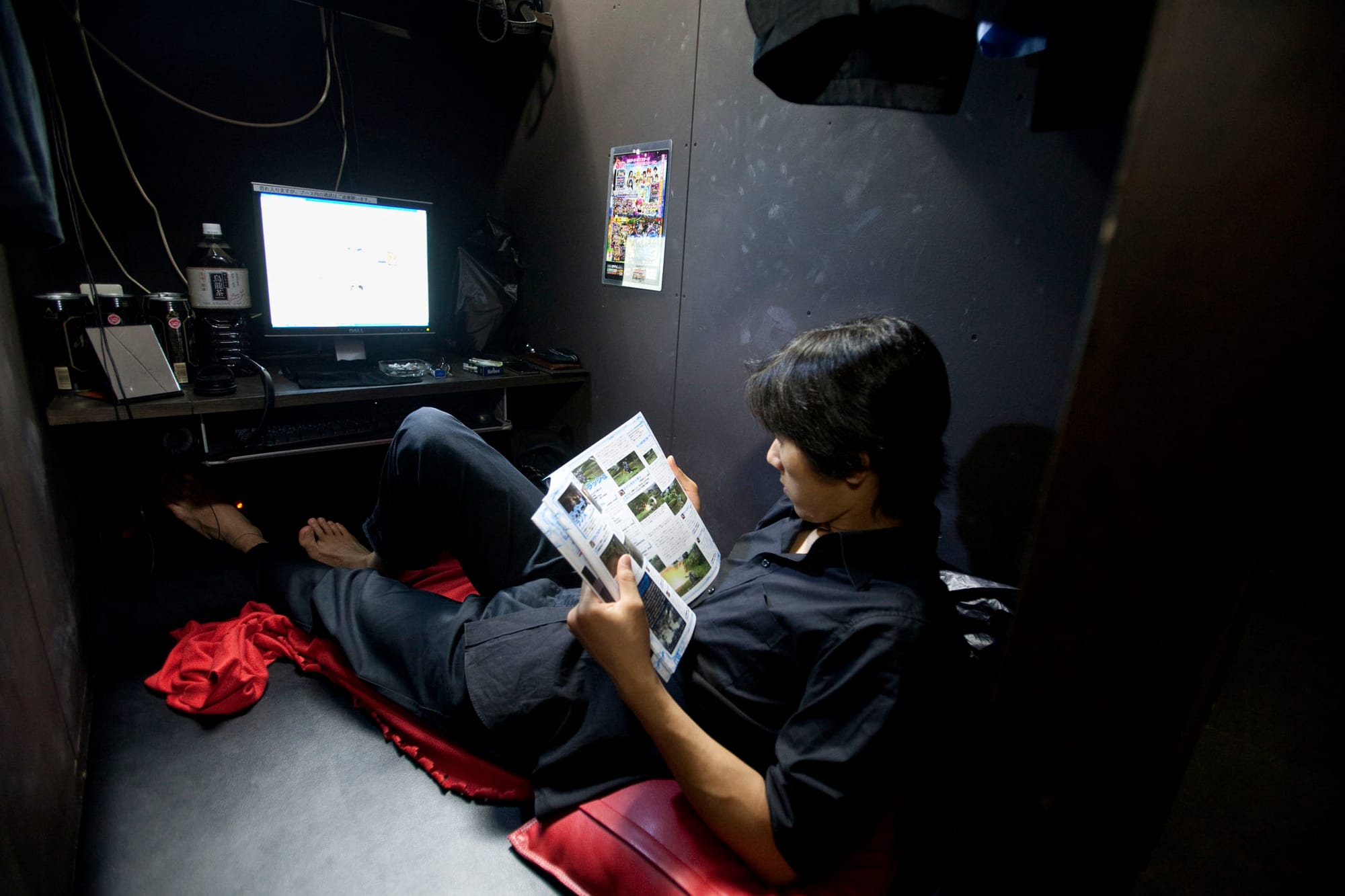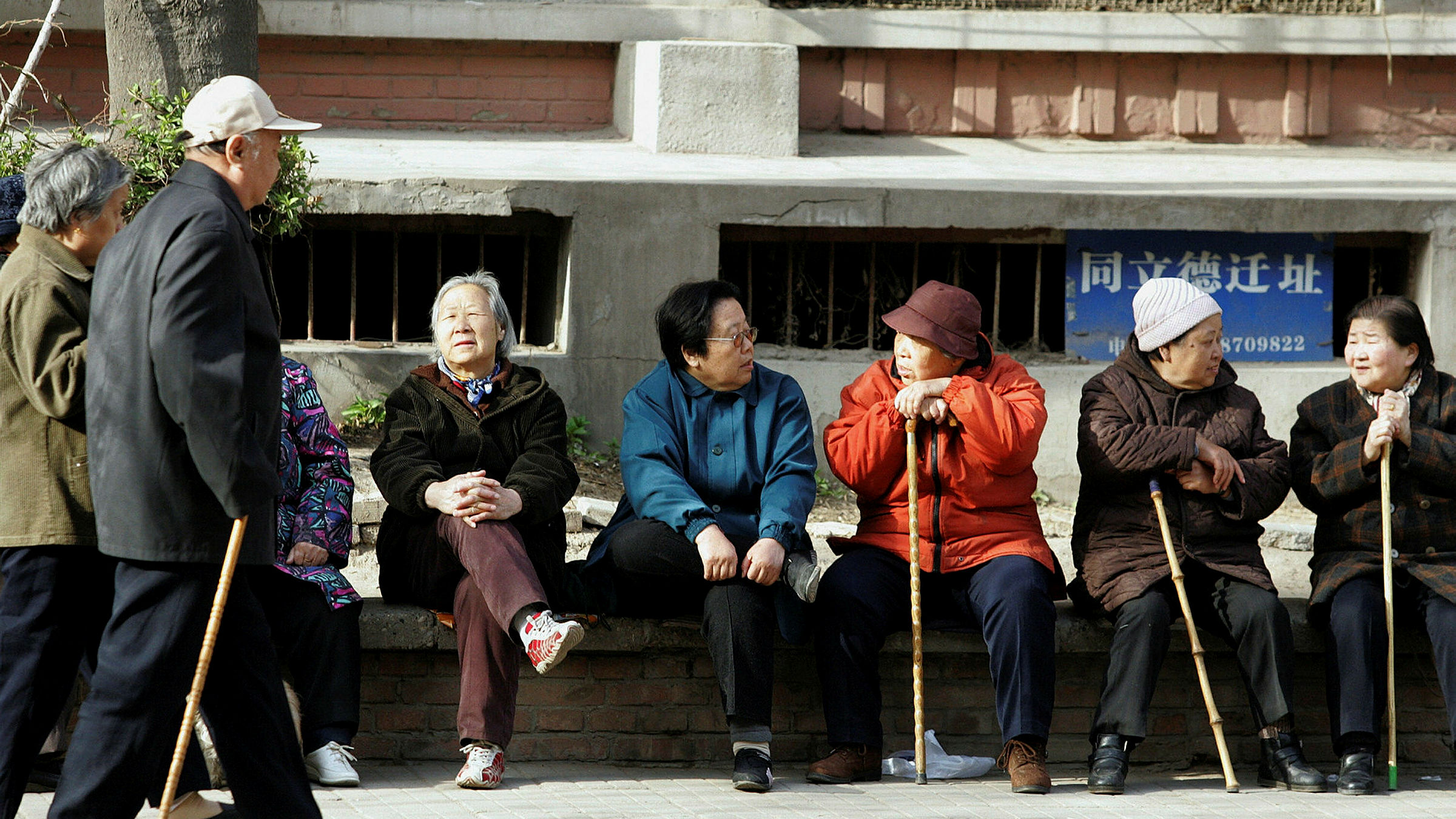Amidst a bidding crisis for the Olympics, Paris was chosen as the host city for the 2024 games, and surfing having been added to the competition’s list of sports in Tokyo, Paris had quite the problem to tackle when it came to catering for it. The organizing committee quickly found its solution in the Teahupo’o wave – one of the world’s most famous, albeit located 15,000 km away from Paris, which would host a fierce competition, fittingly in which Kauli Vaast, a Tahiti native, would emerge victorious.
Polynesian culture was put on showcase for the world to see, when Tahiti hosted its own opening ceremony, indicative of France’s ambition to incorporate all aspects of French culture into the games, displaying the diversity and heritage of the country and its overseas territories.
Local dancers in traditional dress performed Ori Tahiti, a French Polynesian dance invented in a civilization dependent on spoken conventions in ancient Tahitian traditions. Originally performed at religious ceremonies, weddings and dances, it was a way to honor the ancient Gods in Tahitian mythology. An integral part of Tahitian culture, its energetic movements and vibrant colours transmitted the Polynesian identity to thousands of onlookers. After this performance, the athletes were also invited to dance, inviting an engagement with French Polynesian culture and history.
When the competition began, the athletes were invited to participate in local culture further through the Rahiri ceremony, traditionally practised at the beginning of competitions in Polynesian nations as a prayer for ancestors to be present, and to watch over the competitors. Each person present pledges that they will follow the rules, no matter the outcome, and agree that everyone will return as one following the competition, symbolised through the placing of a banana leaf in a fire my all participants. It shows a bond, not a separation – the embodiment of sportsmanship and goodwill that Polynesian culture stands for.
Moreover, the organisers emphasised the adaptation of the event to the site, rather than the other way round, in respect to the culture and the local environment. Most controversially, the organising officials decided to replace Teahupo’o’s wooden judging tower that had stood for two decades with a 3-storey aluminium tower with air conditioning. This entailed drilling into the coral reef to provide supports for the tower, which inevitably caused damage to the reef. However, the IOC pledged to aim to leave the reef healthier than it was before the competition – a subject for contention amongst marine ecologists, who campaigned for its removal, garnering over 250,000 signatures.
Beyond the games, various schemes such as Génération 2024 have been set into motion, which aims to inspire young Polynesians through education and sports. For example, with no outdoor basketball courts in Pape’ete, the capital of the island, two 3x3 courts were installed to increase the exposure of the sport to more of the Tahitian population, and to stimulate the development of basketball in Tahiti.
In summary, the memory of the games will live in the memory of Tahitians, as a means of showcasing their culture on the global stage, as well as engaging and developing sport infrastructure in Tahiti, leaving a positive lasting impact on the island in what was an inspiring games for all participants as well as spectators.

